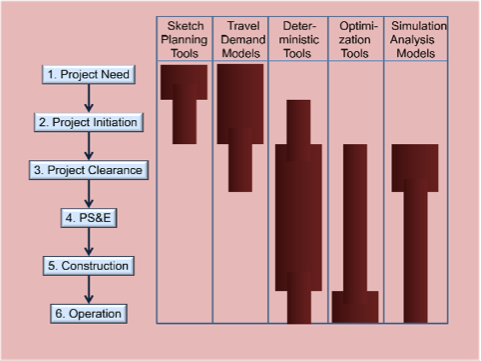
FEDERAL HIGHWAY ADMINISTRATION
Water level fluctuations include astronomical tides, storm surges, and long-term sea level rise or fall. Water level is important in coastal processes and engineering in part because it controls the location of wave influence on shorelines and structures. Geologically, sea level controls the overall location and shape of the continental shoreline. The definitions of tidal datums and surveying datums can be important for the design of engineering works near the coast.






















 RSS Feed
RSS Feed